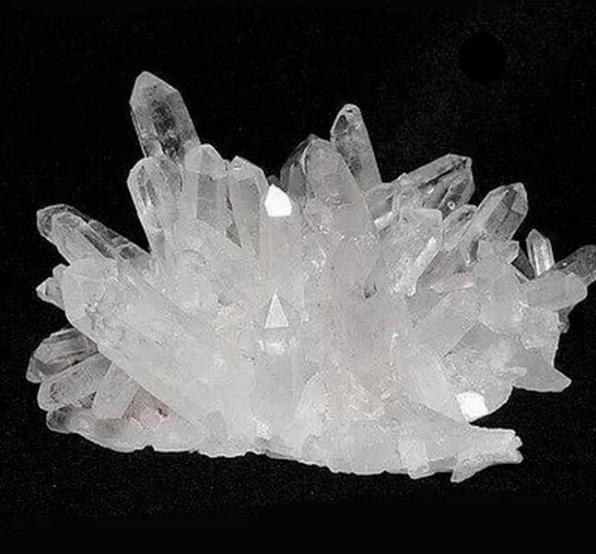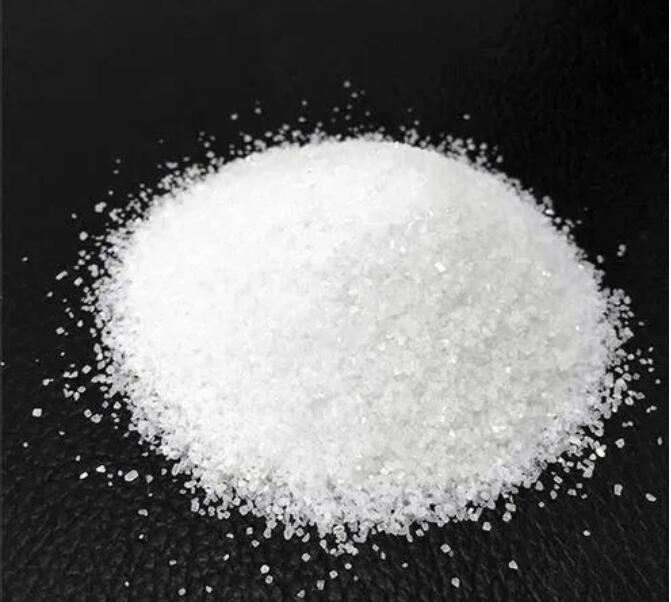Quartz (SiO₂) stands as a cornerstone resource in modern industry, valued for its thermal stability, chemical resistance, and diverse geological forms. This comprehensive guide explores seven major industrial quartz types, their geological origins, and how each powers critical applications from semiconductors to green technology.

1. Seven Key Industrial Quartz Types
1. Natural Crystal
- Geological Origin: Formed in granite pegmatites or hydrothermal veins, with China’s Donghai County (Jiangsu) as a global hub.
- Characteristics: Transparent crystals with rare reserves, requiring specialized mining.
- Applications: Optical lenses, piezoelectric sensors, and high-value artisanal products.
2. Vein Quartz
- Genesis: Hydrothermal granite veins yielding dense, high-purity blocks (SiO₂ > 98%).
- Use Cases: Produces high-purity quartz sand for silicon micropowder, artificial quartz plates, and metal silicon smelting.
- Advantage: Top-tier purity among industrial quartz types.
3. Quartzite
- Formation: Metamorphosed from quartz sandstone, abundant in Anhui and Qinghai, China.
- Application: Core raw material for metal silicon smelting, though purification is challenging.
4. Quartz Sandstone
- Origin: Cemented siliceous clastic rock, rich in Sichuan and Shandong.
- Limitations: Suitable for glass and ceramics but unsuited for casting or oil fracturing.
5. Powder Quartz
- Unique Trait: Naturally occurring ultra-fine particles with high SiO₂ content.
- Emerging Roles: Fillers for ceramics, insulating materials, and rubber composites.
6. Natural Quartz Sand
- Genesis: Weathered from granite/quartzite, with higher quality in southern China.
- Key Uses: Foundry sand, 3D printing media, and petroleum fracturing proppant.
7. Granite Quartz
- Origin: Coarse crystals in granite pegmatites (e.g., U.S. Spruce Pine deposit).
- Strategic Value: High-purity feedstock for semiconductor-grade quartz.
2. Geological Origins vs. Application Relevance
| Quartz Type |
Critical Applications |
Genesis-Driven Properties |
| Natural Crystal |
Optical/piezoelectric devices |
Crystal clarity and structural integrity |
| Vein/Granite Quartz |
Semiconductor-grade quartz |
Ultra-low impurity levels |
| Quartzite/Sandstone |
Metal silicon/glass production |
Reserve scale and chemical stability |
| Powder/Natural Sand |
Casting/3D printing composites |
Particle morphology and size distribution |
3. Industrial Value and Future Trends
- China’s Resource Landscape: Abundant in vein quartz and sandstone but dependent on imports for high-purity granite quartz (e.g., from the U.S.).
- Technological Disruptions:
- Advanced purification techniques are expanding vein quartz use in semiconductors.
- Nano-scale powder quartz is enabling new composites for renewable energy.
- Supply Chain Shifts: Post-2025, expect reshaped dynamics as China invests in domestic high-purity quartz production.

Conclusion
Understanding quartz’s geological diversity is key to unlocking its industrial potential. From natural crystals powering precision sensors to granite quartz enabling semiconductor breakthroughs, each type plays a unique role in modern supply chains. As green tech and semiconductor demands grow, strategic resource development will define competitive advantage.
Connect with Huatao Group for quartz processing solutions: annie.lu@huataogroup.com | www.tufflexscreen.com


